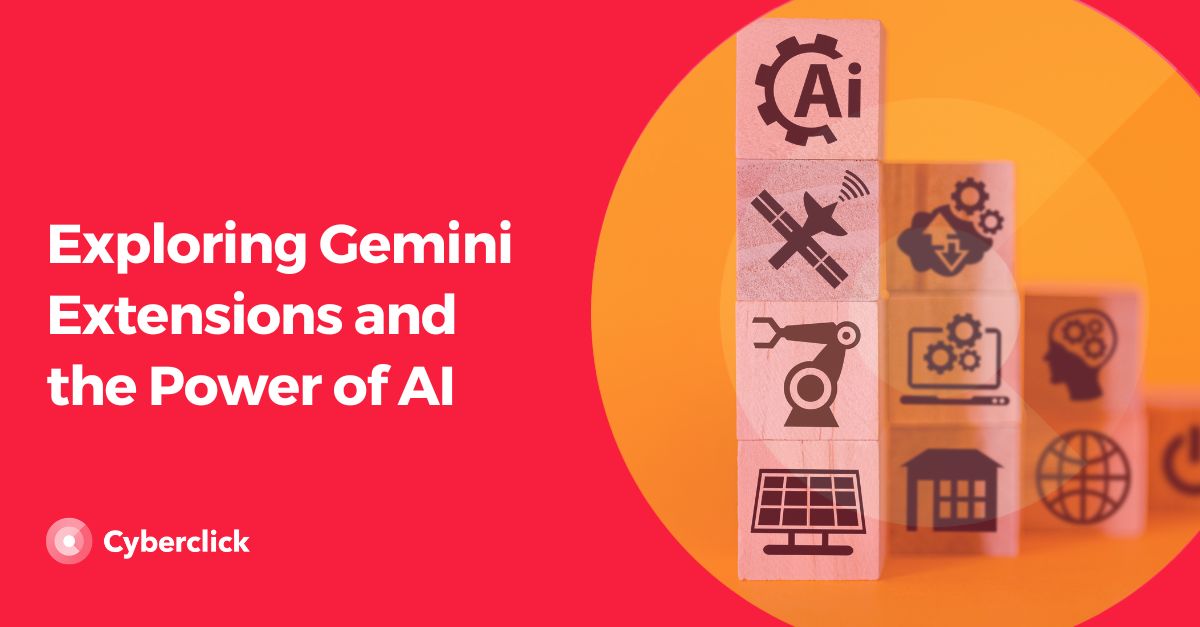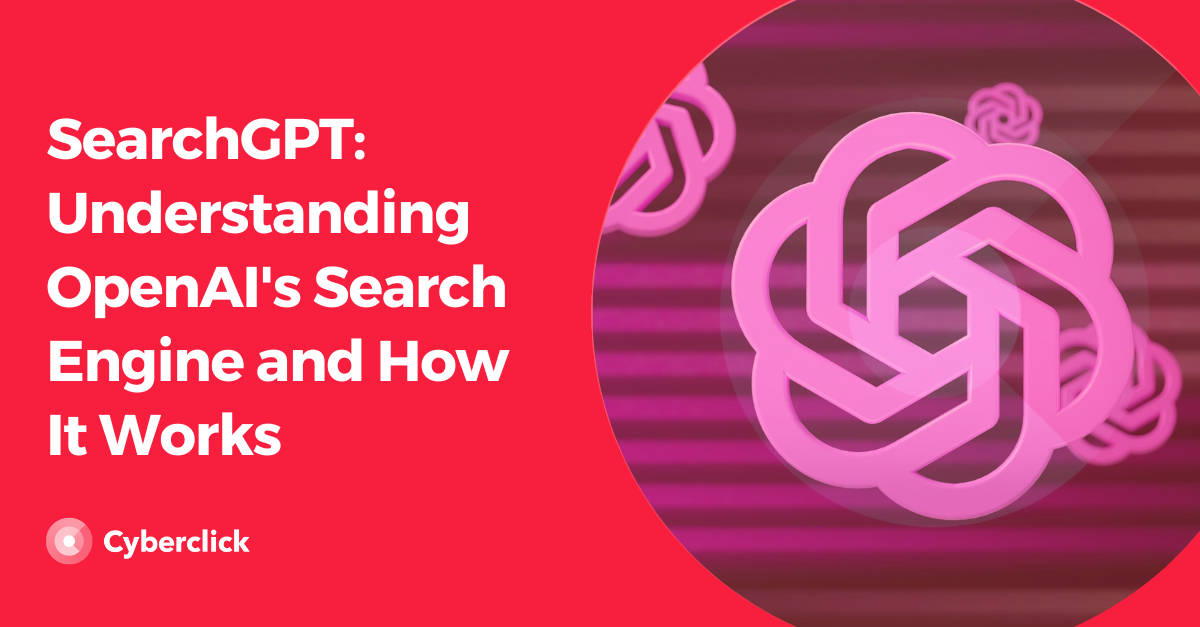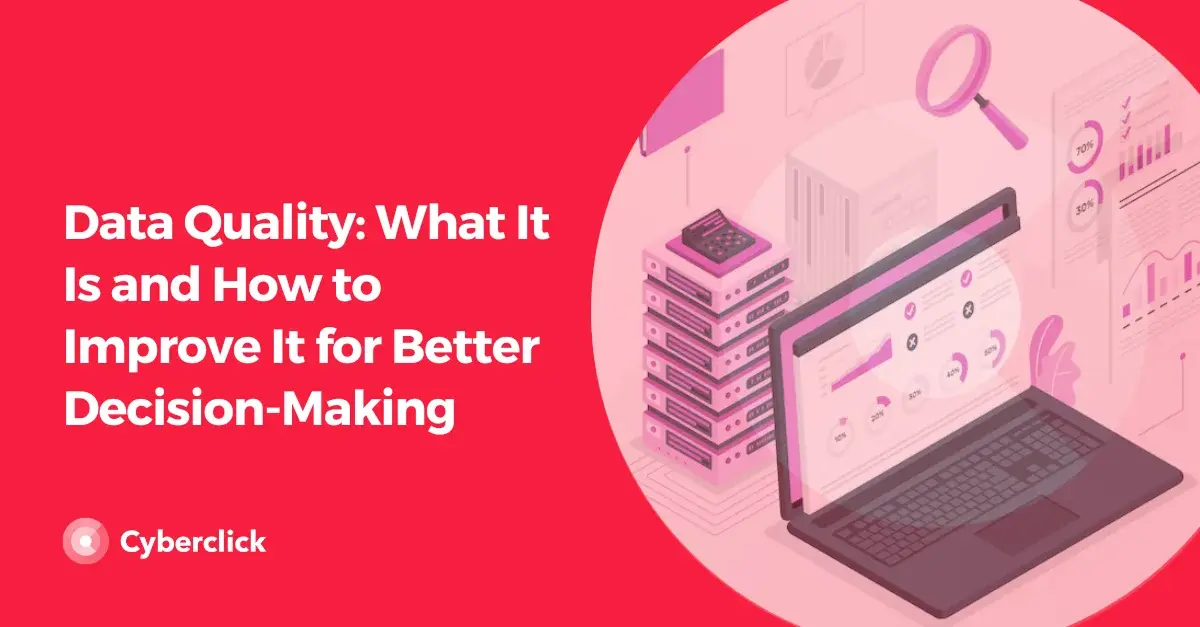If you work in marketing or sales, you’ve probably noticed a growing buzz around Clay AI—a platform that's quickly becoming a favorite among teams looking to make better use of data without having to write code.
Clay AI is built specifically for marketers, sales reps, and growth teams that rely on lead data and outreach personalization at scale. It pulls together data from dozens of sources, runs it through AI models like GPT-4, and gives you structured, ready-to-use information that you can use immediately.
In this article, we’ll discuss what Clay AI does, the features that matter most, real-world use cases, and a complete overview of how it works so you can decide whether it’s the right fit for your team.

What Is Clay AI?
Clay AI is a data enrichment and automation tool that helps you pull in lead data from different sources (like LinkedIn, company websites, and CRMs), run that data through AI workflows, and turn it into something useful, (like a personalized email, LinkedIn message, or sales note). Think of it as a smarter spreadsheet that can write copy, find missing contact info, and research companies—all without leaving the tool.
It’s built with no-code functionality, which means you don’t need to know how to code to use it. Users set up "Clay tables" (similar to spreadsheets), connect data sources or APIs, and apply actions like enrichment, filtering, or generation using GPT-based models. This leads to more personalized outreach with less manual work.
Key Features of Clay AI
Here are some of the platform's most useful features for marketing professionals:
-
Data Enrichment: Pulls in firmographic and contact data from tools like Clearbit. This helps you build rich profiles for your leads without jumping between tabs.
-
AI Writing with GPT-4: Write personalized emails, social messages, or product pitches by combining AI prompts with the lead data in your table. The tool supports OpenAI, but also lets you connect your own API keys.
-
Workflow Automation: Apply if/then logic to trigger AI prompts, clean data, or segment lists. This works especially well for scaling outreach campaigns.
-
LinkedIn and Web Scraping: Automatically pulls data from public LinkedIn profiles or company websites (like job listings, press mentions, or funding news) to help with personalization.
-
CRM Integrations: Connects with tools like HubSpot, Salesforce, and Pipedrive, so your qualified leads can be pushed directly to your CRM.
-
Built-in APIs and Zapier Support: Allows you to connect external data or run your own API calls, which adds a lot of flexibility for teams already working with custom tools.
Handy Functions
Clay AI is used most often in outbound sales and lead generation, but it’s also gaining traction among marketing teams looking to use AI in more strategic ways. Let's take a look at some specific use cases:
1. Personalized Cold Outreach
Sales reps can use Clay to automatically generate custom emails or LinkedIn DMs based on job changes, company news, or tech stack info. It saves hours of research time.
2. Account-Based Marketing (ABM)
Clay can pull in signals like funding rounds, open job roles, or hiring activity, perfect for building high-quality ABM campaigns. It helps you decide which accounts to prioritize and what message to send.
3. Lead Scoring
By combining data from multiple sources, Clay can help you build smarter lead scoring models. For example, if a company just raised a Series B and uses a competitor’s product, that’s a strong buying signal.
4. Customer Research
Instead of searching for each prospect manually, Clay can gather info like recent news articles, product launches, or thought leadership content posted by key decision-makers.
How to Use Clay AI
Clay tables work like a spreadsheet, but each row can hold way more than just a name or email. You start by uploading or connecting a list of leads. Then, you choose which data sources or enrichment tools to pull from. After that, you can apply AI actions (like generating a custom email) and create logic that updates or filters data automatically.
What sets Clay apart is how it handles AI prompts. You can create your own prompts, just like you would in ChatGPT, keeping in mind that here they’re tied to specific lead data. For example:
"Write a cold email to , a at , referencing their recent ."
Clay runs this through GPT-4 and outputs a full message, at scale.
The platform also supports real-time previews, so you can spot-check your AI results before launching anything live. This is helpful because the quality of AI-generated content can vary, especially when your source data is inconsistent or incomplete.
Pros and Cons of Clay AI
Like any tool, Clay AI has its strengths and drawbacks. We've put together a quick overview:
Pros:
-
Saves time on lead research and manual personalization
-
Highly flexible—works with dozens of tools and APIs
-
No coding required, but still useful for technical teams
-
Great for outbound campaigns and fast-moving sales teams
Cons:
-
Costs can add up, especially when using paid enrichment tools or OpenAI credits. See the following image for the details of each of the different plans the platform offers.

-
Clay AI requires clean input data—garbage in, garbage out still applies.
-
It is not ideal for internal team communication or non-lead-related use cases.
Is Clay AI Right for Your Team?
Clay AI works best for marketing and sales professionals who need to personalize outreach at scale. If your team is spending too much time researching leads, copying data from LinkedIn, or trying to stitch together insights from different tools, Clay might be worth exploring.
That said, if your team isn’t running a lot of outbound campaigns or if you don’t have solid lead data to start with, the tool may feel overwhelming. It’s also not meant to replace your CRM or email tool—it’s more of an added layer that helps you get smarter, faster, and more targeted before you hit “send.”
Conclusion
Clay AI isn’t trying to be everything at once—it’s focused on making data enrichment, personalization, and automation easier for growth teams. While it’s not perfect, it gives you the kind of control and flexibility that traditional tools often lack. Whether you’re running cold outreach, building ABM campaigns, or just trying to qualify leads faster, Clay AI gives you a new way to work smarter with data and AI.
If you want to try it out, Clay offers a free trial, and the product team is active in their community, which makes onboarding easier. Just be ready to experiment and iterate before rolling it out across your team.
Data Scientist en Cyberclick. PhD en Astrofísica por la Universitat de Barcelona con más de diez años de experiencia en investigación mediante el análisis e interpretación de datos. En 2019 redirige su carrera profesional hacia el mundo del Data Science cursando el Postgrado en Data Science y Big Data de la UB, así como participando en el programa Science To Data Science (S2DS) en Londres. Actualmente forma parte del equipo de Data Science y SEM de Cyberclick.
Data Scientist at Cyberclick. PhD in Astrophysics from the University of Barcelona with more than ten years of research experience through data analysis and interpretation. In 2019 he redirected his professional career to the world of Data Science by graduating in Data Science and Big Data from the UB, as well as participating in the Science To Data Science (S2DS) program in London. He is currently part of Cyberclick's Data Science and SEM team.






Leave your comment and join the conversation